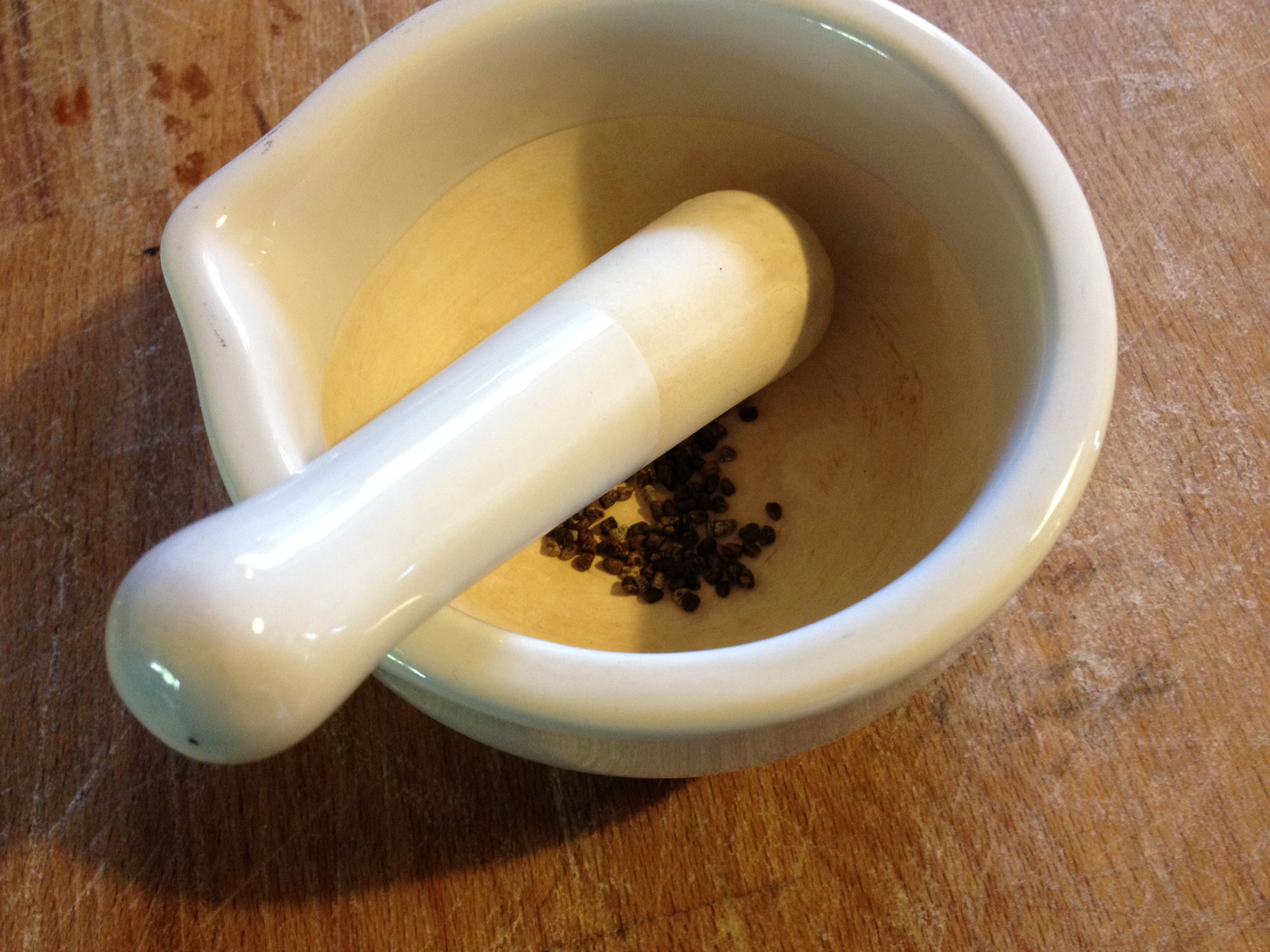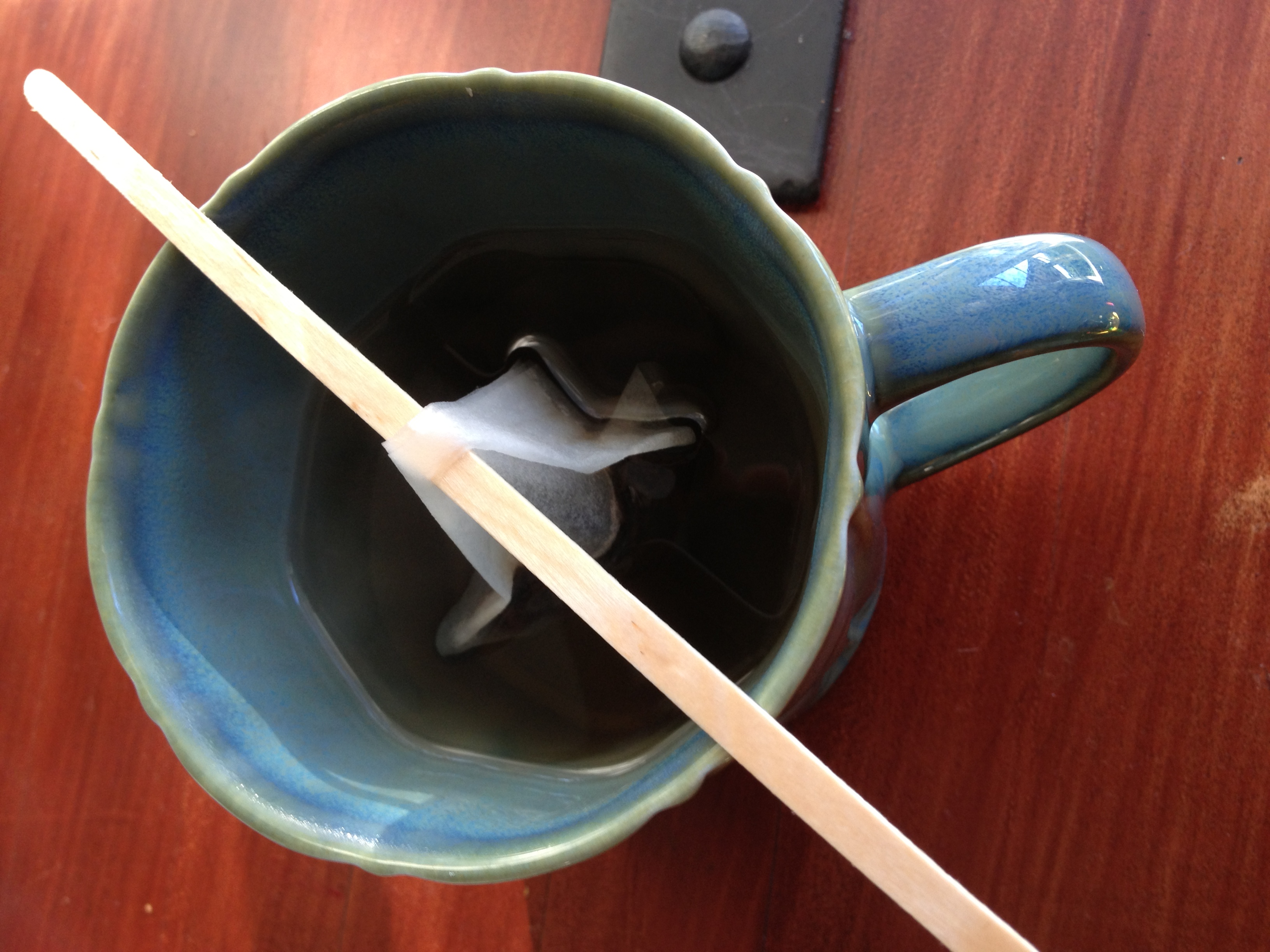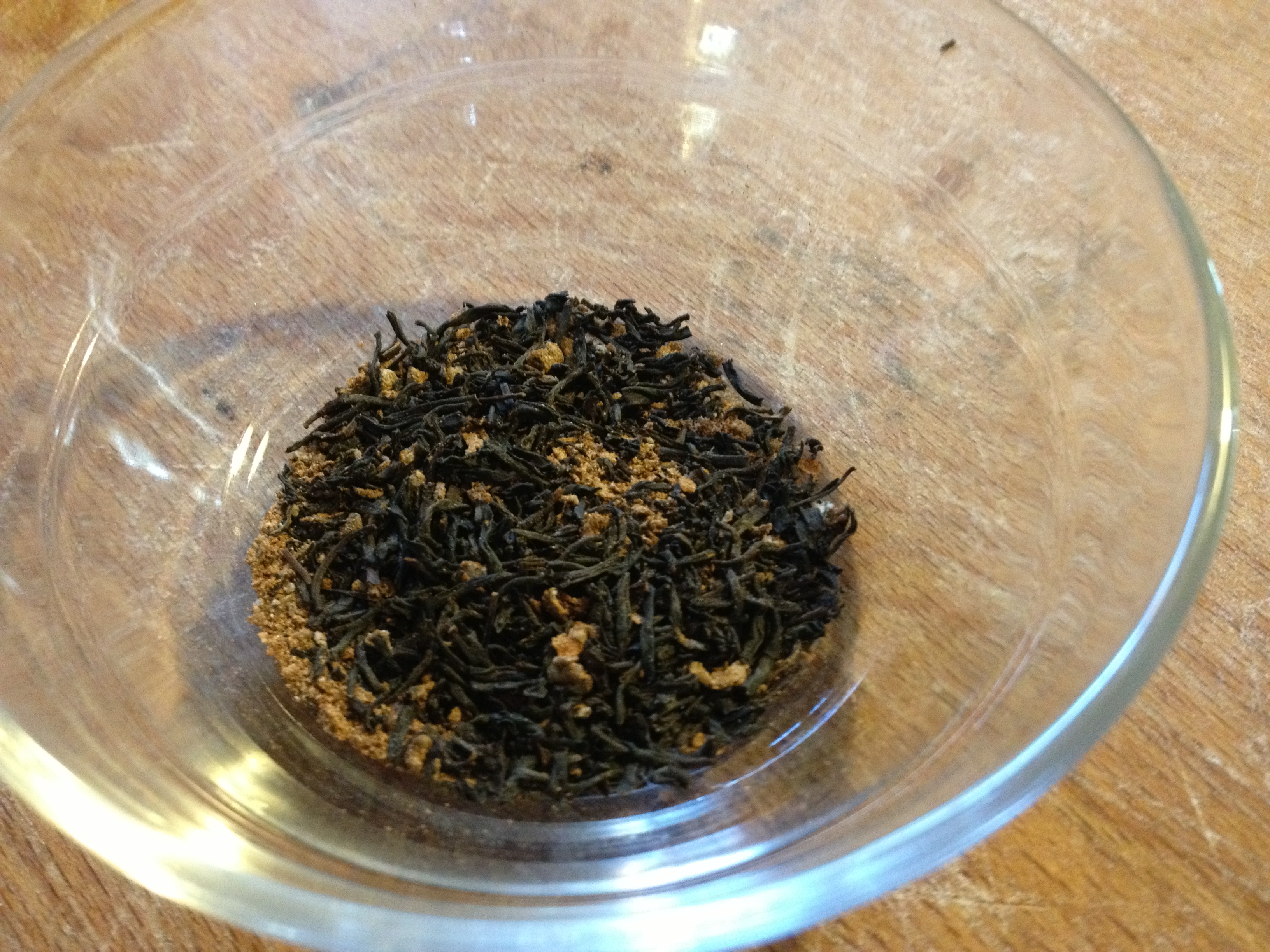What is it about spices that keeps me intrigued? It brings out the kid in me, opening up little jars with exotic powders, shaking in a bit here, a sprinkle there. Playing with spices is getting to experiment with a chemistry set—probably pretty safe but you can come up with good or bad results. This brings me to chai.
Chai: the promise of something greater almost always let down by powdered or weak variants. At its best chai should be a sweet and strong drink that unfolds like a great novel, pulling you along to new places and experiences. At its worst, and believe me, I’ve had plenty like this, it’s a powdered concoction that tastes like it might’ve had some weak artificial tea and cinnamon flavor before it was freeze-dried, stored in a nuclear fallout bunker for sixty years on a shelf beside freeze-dried beef stroganoff and boxes of candles, rehydrated, simmered, then served in a paper cup for four bucks. Right, “chai”.
Then I went to an Indian restaurant in a strip mall in Sacramento and a man in a turban and beard served me a cup of chai in a small espresso cup alongside a bowl of sugar. The elixir wasn’t white, it was caramel brown and syrupy, and each tiny sip revealed new flavors—cardamom, smoke, old wood, sweet bark. That one tiny cup reminded me what I’ve always hoped for in chai. Just as with my first experiment in bread, I knew there was no going back to the old ways now that I’d been awakened. It was time to do it right.
Thus my kitchen experimentation this weekend. I started with two varieties of loose-leaf tea: Chinese Keemun, and Gunpowder Green. I wanted to try Lapsong Suchong for a smoky and elemental chai but thought a good Chinese black tea would set the baseline so I could get my spice balance right. Since my goal was to match the Indian chai, I knew cardamom would have to be the primary flavor, not cinnamon. So I ground up ½ teaspoon, thinking it would be overwhelming since an entire loaf of Irish soda bread only uses ¼ teaspoon. Well, go big or go home.
Next came 1/8 teaspoon each of cinnamon and ground ginger, then just a dash of ground cloves, which usually overwhelms most commercial chai teas. I used 2 teaspoons of the Keemun, sluiced it all into a blank teabag, and set it to simmer.
Did it smell intoxicating? No. Mixed with plenty of sugar and half and half, did it taste like the chai I aspired to? No. It tasted like hot milk and sugar. So, if you’re learning from my mistakes, be aware that chai just can’t be brewed in hot water in a teabag. Step two: boiled chai. Damn the torpedoes and full steam ahead! Determined to leave wimpy chai behind in the dust I added 3 tablespoons of tea, 2 teaspoons of ground cardamom, ½ teaspoon each of cinnamon and ginger and ¼ of cloves and boiled it up in 3 cups of water with ½ cup of half and half. Aha! Now the brew was really dark, the tannic brown of forest streams, blotting out everything below a depth of an inch. Mixed up with a bit more milk I was much closer to my goal. This time the tea flavor came first, almost too bitter, then a creamy punch of cardamom. The other spices were hardly noticeable but this was the second best chai I’d had. Good but not great, and from the boiling and straining, completely impractical to make regularly.
In Part Two of my chai experiment, I attempt to create a chai teabag that can be boiled in a microwave so I can be my own chai wallah at work. Stay tuned!




[…] great chai mystery has been cracked. My previous attempts at making strong chai in the office, here and here, were foiled by physics (shakes fist at universe) and operator error (shakes fist at […]